10 States With the Fastest Rates of Job Growth, 2020
U.S.

U.S. job growth in 2019 is likely to average 170,000 jobs per month, down from 223,000 in 2018. The decline is partly attributable to fewer available workers to hire with the low unemployment rate. Also, businesses are reluctant to aggressively pursue growth, given increasing economic uncertainty from the trade war with China.
Hiring in some sectors –-particularly health care-– remains robust. Services associated with a growing economy, such as computers, restaurants, and temporary help, are also up.
The weak spots? Retail is shedding workers as stores continue to close. The telecom sector also continues its long decline. The drop in oil prices has led to job cuts in the oil and gas sector.
As a result, some states buoyed by thriving industries are adding jobs at much faster clips than others. Every year, The Kiplinger Letterforecasts economic growth in all 50 states (plus the District of Columbia). Check out the 10 states with the fastest projected rates of job growth for 2020.
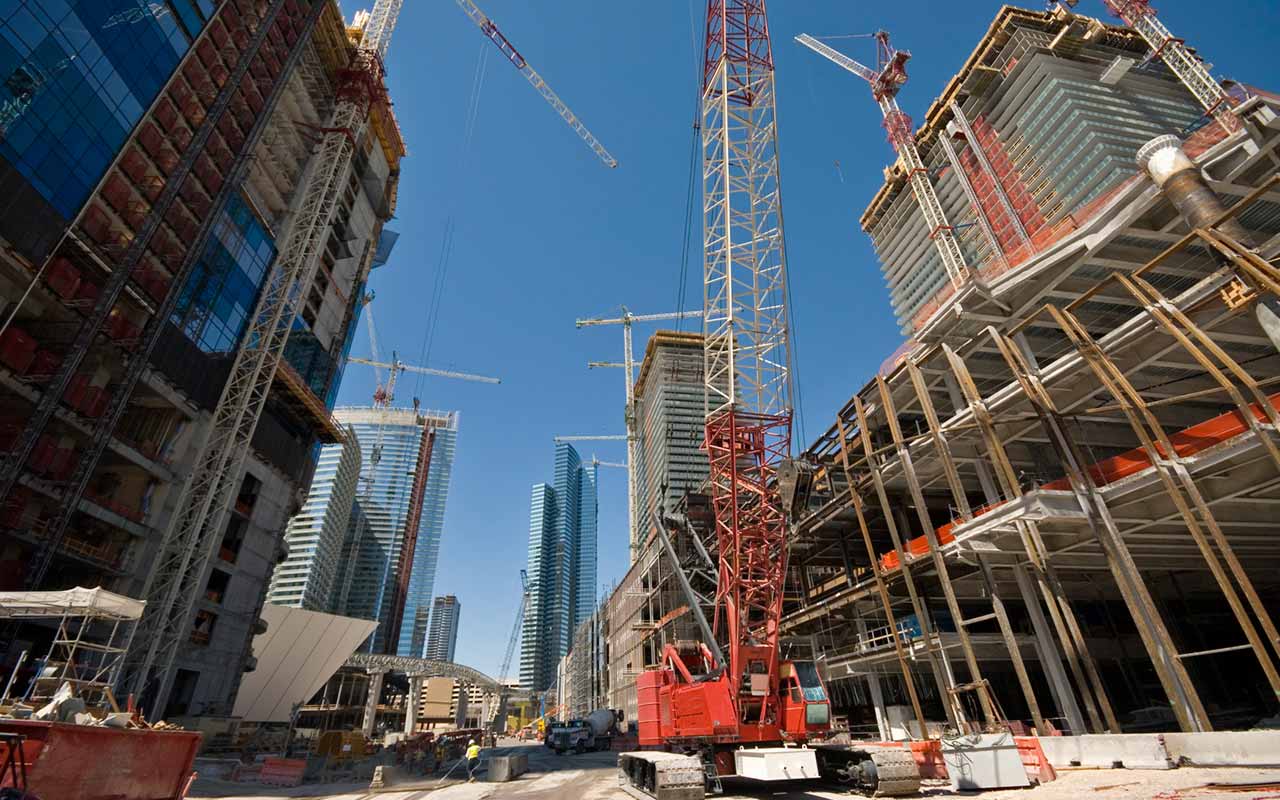
T-1. Nevada
- Population: 3,034,000
- Unemployment rate: 4.1%
- 2019 job growth: 3.0% (42,400 new jobs)
- 2020 job growth: 2.0% (29,200 new jobs)
Full speed ahead for Nevada's thriving economy, gaining momentum in the south from a continuing Las Vegas construction boom. East of Reno, electric-car maker Tesla and partner Panasonic are building out a multi-billion-dollar plant called the Gigafactory that makes batteries and parts for Tesla's Model 3. It currently has 10,000 employees, but plans for further expansion may depend on the success of the Model 3.
- Nevada is a standout regionally and nationally with payrolls set to grow 3.0% this year. Hiring for construction is soaring, so much so that employers are having trouble finding skilled workers they need with some $23 billion worth of projects under way in Las Vegas alone. Work is just starting on a $1 billion Circa Resort and Casino in the downtown area while Malaysia-based Genting group is building its $4 billion Resorts World Las Vegas that will add 7,000 hotel rooms. It's emerging as a major sports center with a successful professional hockey team, while a $2 billion football stadium is under construction that will be the future home of the Las Vegas Raiders from the start of the 2020 NFL season onward.
A healthy national economy is a boon for the gaming industry and for tourism in Las Vegas, with free-spending visitors fueling about 30% of the local economy. So far, visitor volume is 2% above last year. Housing markets in Las Vegas and Reno are healthy, partly because the state's desert climate and low taxation rates make it an attractive destination for retirees, including many fleeing nearby high-tax states like California. A surge in home building is beginning to ease the supply crunch a little, and double-digit housing price growth for over a year has slipped back into the single digits again.
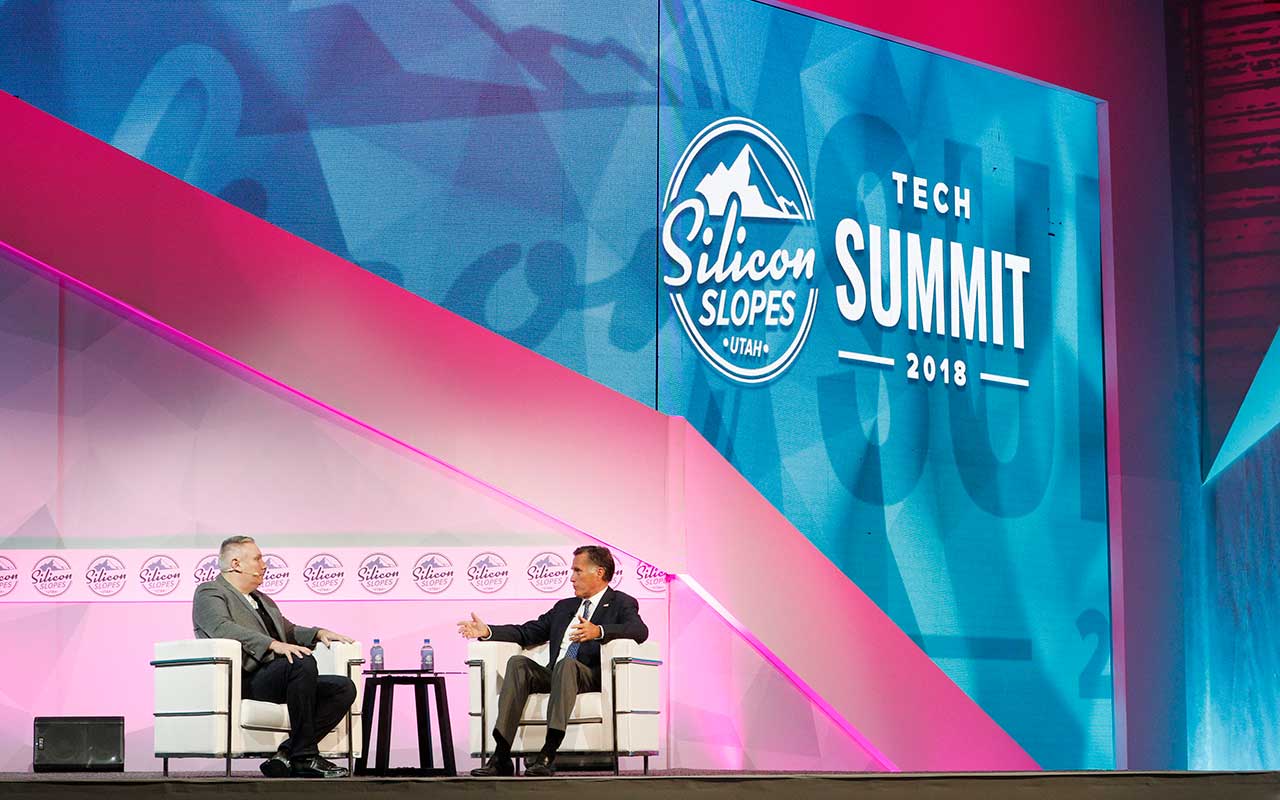
T-1. Utah
- Population: 3,161,000
- Unemployment rate: 2.8%
- 2019 job growth: 3.0% (46,200)
- 2020 job growth: 2.0% (31,300)
- Utah's economy is humming, consistently one of the best-performing in the country with expansion continuing in every major sector from healthcare to basic manufacturing. Hiring will expand by 3.0% this year, down slightly from last year's sizzling 3.2% growth. Slower workforce growth may be a helpful development with unemployment at a low 2.8% rate that underlines the scarcity of workers to fill jobs.
Utah has a large presence in a number of rapidly growing high-tech sectors including cloud computing and software development as well as in aerospace and life sciences. Its relatively cheaper real estate, growing talent pool and proximity to other higher-cost Western tech centers is fostering growth of a "Silicon Slopes" cloud computing and "Bionic Valley" bioengineering center around Salt Lake City. As many as one in every seven jobs in the state –-300,000 in all-– are generated by high-tech companies that typically pay more than other industries.
A variety of other businesses are drawn to Utah, too, including Amazon which has just put a new warehousing facility employing 1,500 employees and thousands of robots to work around the clock. Hiring is brisk in its tourism sector, while construction trades are booming with projects including a new $3.6 billion international airport at Salt Lake City. The airport is slated for completion in September 2020 and will offer visitors a gateway to Utah's ski resorts and national parks.
Hemmed in by the lake and the mountains, Salt Lake City's growth has slowed to about 2%. But growth is still strong along the valley to the north (Ogden, 3.8%) and to the south (Provo-Orem, 3.5%). And Utah boasts, in St. George along the southern border, the fastest-growing metro (4.5%) in the entire country.

3. Florida
- Population: 21,299,000
- Unemployment rate: 3.3%
- 2019 job growth: 2.5% (222,300)
- 2020 job growth: 1.9% (173,300)
- Florida will see jobs grow by 2.5% in 2019, the fastest growth of any state outside the West. Business services, health care, and construction will see continued strong gains, though construction will moderate from super-strong to just strong. Growth in tourism will also moderate after very strong growth: 2018 was the eighth year in a row of tourism growth.
- Florida's economic growth is underpinned by strong population growth, which in turn is the result of the nation's highest level of in-migration, especially from high-tax Northeastern states, but also internationally. Florida is one of only seven states without an income tax.
The Orlando area will, once again, see the hottest growth, along with the nearby Atlantic coast of Palm Bay to Titusville. Lockheed Martin's new facility brought 1,000 jobs. The area around Cape Canaveral is seeing the development of a space industry, with satellite and rocket manufacturing, and commercial satellite-launching facilities being built by Blue Origin and Firefly. SpaceX won a contract from the Air Force. OneWeb Satellites will begin satellite assembly there. Boeing and United Launch Systems are also there.
Development along the southwest coast from Naples to Fort Myers is also heating up, despite periodic encounters with "red tide" algae blooms off the coast.
A major expansion of Pensacola's airport aviation maintenance facilities will take place over the next several years, resulting in a gain of 1,600 jobs. Panama City, a popular beach spot in the panhandle, is seeing tourism picking up, but is still recovering from Hurricane Michael last year.

4. Idaho
- Population: 1,754,000
- Unemployment rate: 2.9%
- 2019 job growth: 2.5% (18,600)
- 2020 job growth: 1.8% (13,600)
More tech firms are starting up or expanding in the Gem State. Businesses looking to escape the high costs of West Coast cities are often attracted to Boise, Idaho Falls, and other Idaho cities because of lower costs of living. Tech firms Paylocity and Clearwater Analytics have established operations in the area. Tech startups include Boise-based wireless company Cradlepoint with 500 employees, as well as House of Design, located in Nampa, with more than 50 employees designing, programming and assembling robots that can build products from medical equipment to shoes.
Construction activity is going strong in Idaho, including a $150-$200 million expansion at Boise's busy airport, where passenger traffic is soaring now that it is one of the Mountain region's fastest-growing cities. Large-scale housing projects, including one in Syringa Valley for 2,000 new homes, are in the works to try to ease a shortage of housing. Boise housing prices have risen at a 15% annual rate in each of the past two years. In Boise, investment in public projects also is brisk, including an $80 million riverfront library.

T-5. Arizona
- Population: 7,172,000
- Unemployment rate: 5.0%
- 2019 job growth: 2.5% (72,300)
- 2020 job growth: 1.7% (50,400)
Arizona is noted for its growing labor force as well as its relative affordability and business-friendly regulatory environment. Hiring will increase by 2.5% this year, just a tad below 2018's 2.7% rise, and well distributed across sectors from good-paying blue-collar work in construction, manufacturing and trucking businesses to sophisticated R&D expansions. The strongest growth will be in the Phoenix area.
- The Mayo Clinic is investing $650 million for a major expansion of its operations in Phoenix, while Caterpillar's Surface Mining & Technology Division is building a new headquarters that will bring about 1,000 engineers, product developers and support staff to Tucson. Rosemont Mine wants to establish a $2 billion copper mine in the Tucson area that will generate about 2,500 construction and support jobs, though the project has been blocked for now by a federal judge.
- The service sector is expanding too, partly because of the growing number of retirees choosing the state for its combination of a warm and stable climate, affordability and well-developed healthcare system. It's a longstanding magnet for tourism with attractions from the Grand Canyon to the scenic red rock country around Sedona, Monument Valley and the Hoover Dam. Large financial firms including Voya, Allstate and Freedom Financial are following the growth in population by relocating or expanding in Arizona. That route has been made easier by the state government's initiative in enacting a "fintech sandbox" that encourages companies to try new business methods without being unduly burdened by regulation.
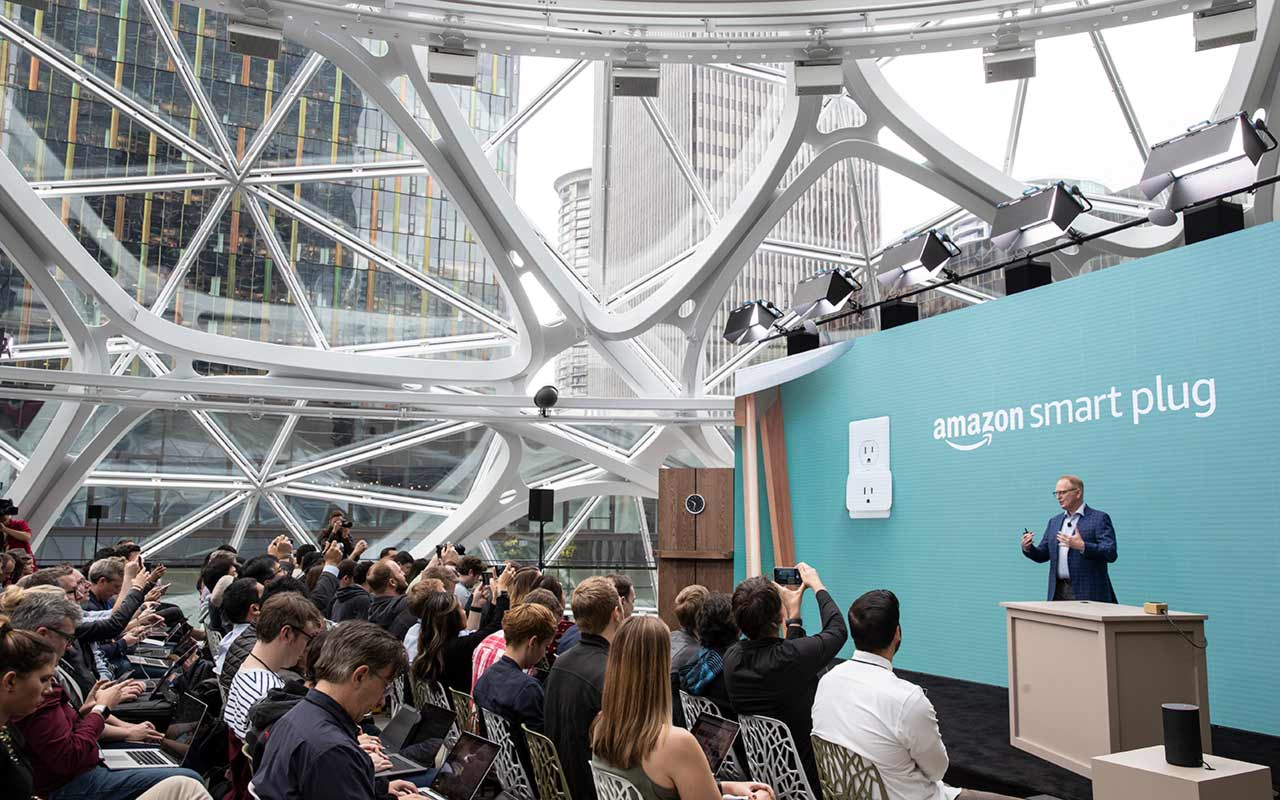
T-5. Washington
- Population: 7,536,000
- Unemployment rate: 4.6%
- 2019 job growth: 2.6% (89,500)
- 2020 job growth: 1.7% (60,000)
- 2019 will be another strong year for Washington's job markets, the eighth straight year of better than 2% growth. A big boost to the state's economy comes from the information services sector, which is little surprise as Seattle is home to fast-growing Amazon, and Redmond is headquarters for Microsoft. Construction, manufacturing, health care, and hospitality are also growing briskly. Competition for skilled employees among high-tech companies in the region is fierce.
- Some potential vulnerabilities exist: a worsening trade war between China and the United States might adversely affect trade. Exports from Washington ports are down 5% so far this year. In addition, aircraft maker Boeing, which employs more than 65,000 people in Washington and anchors its vibrant aerospace sector, has halted deliveries of its 737 MAX airliner following two fatal crashes. It's still working to correct issues identified with the model, has a huge backlog of orders if it can restore fliers' confidence in them, and hasn't laid off workers, but it's unclear how soon the airliner will be able to return to the skies.
Amazon now plans to create an urban campus in nearby Bellevue that will mean work for about 2,500 more employees. Washington's economy is diverse beyond just Big Tech since Seattle also is headquarters for Starbucks, Costco and truck builder PACCAR. The Seattle area has two deep-water ports so shipping time to Asia is short, plus its extensive railroad and warehousing operations add up to a significant presence in trade and logistics.
Besides Seattle, the south and southeast part of the state are also seeing strong growth, benefitting from the overall move of people out of the expensive coastal zones. Kennewick-Richland is growing at 3.2%.
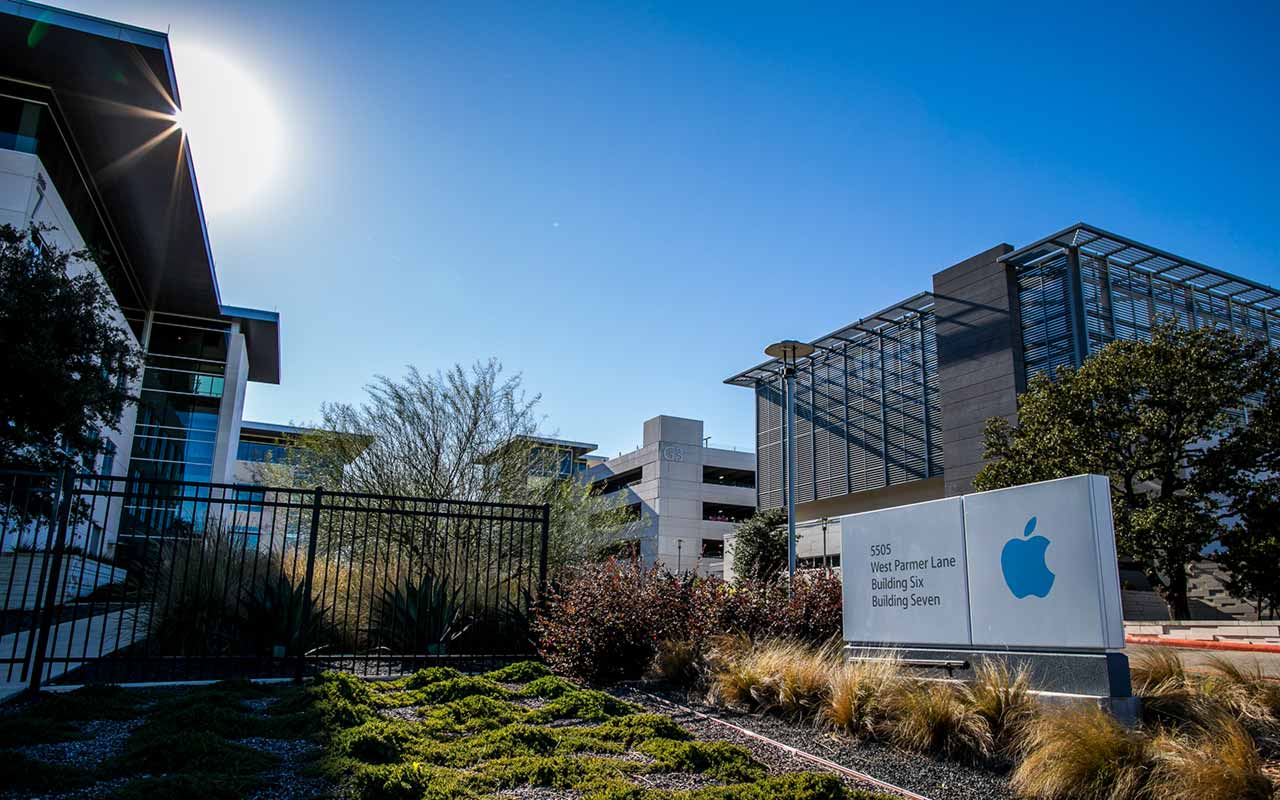
7. Texas
- Population: 28,702,000
- Unemployment rate: 3.4%
- 2019 job growth: 2.3% (290,600)
- 2020 job growth: 1.6% (207,200)
- Texas entered 2019 with brisk economic momentum within its key industries including energy development and high tech, which will again underpin solid growth though at a slightly slower pace than in 2018. Texas has an outsized presence in both the energy and high-tech sectors. 420 oil and gas rigs are at work in Texas, roughly half the total drilling in the nation, and the United States now is a net exporter of oil. New oil and gas pipelines have been added, and more are under construction to boost exports as more oil reaches Gulf Coast ports. However, a decline in oil prices this year because of the possibility that the trade war will cause slower global growth has taken the edge off the boom times in the oil patch, and Midland and Odessa are seeing only modest growth currently.
Texas already has a well-developed presence in high tech, and that's growing as investment disperses beyond Silicon Valley. Apple is investing $1 billion in a new campus in Austin that will employ up to 5,000 people. Trade uncertainty is a headwind, but the preliminary agreement between the United States, Mexico and Canada on a new free trade pact potentially will unlock more investment in export-related industries if it is ratified by lawmakers in all three countries. As icing on the cake, Texas is home to multiple military installations, which will benefit from increased defense spending as do the contractors who bid for military business.
The Dallas side of the Dallas-Ft. Worth metro area continues to lead the state with 3.8% employment growth. Houston, the second-largest metro area, and Kileen-Temple are above the state average. Previously red-hot Austin, with nine straight years of 3% growth or better, has seen growth downshift to around 2%, which is perhaps a more sustainable level.
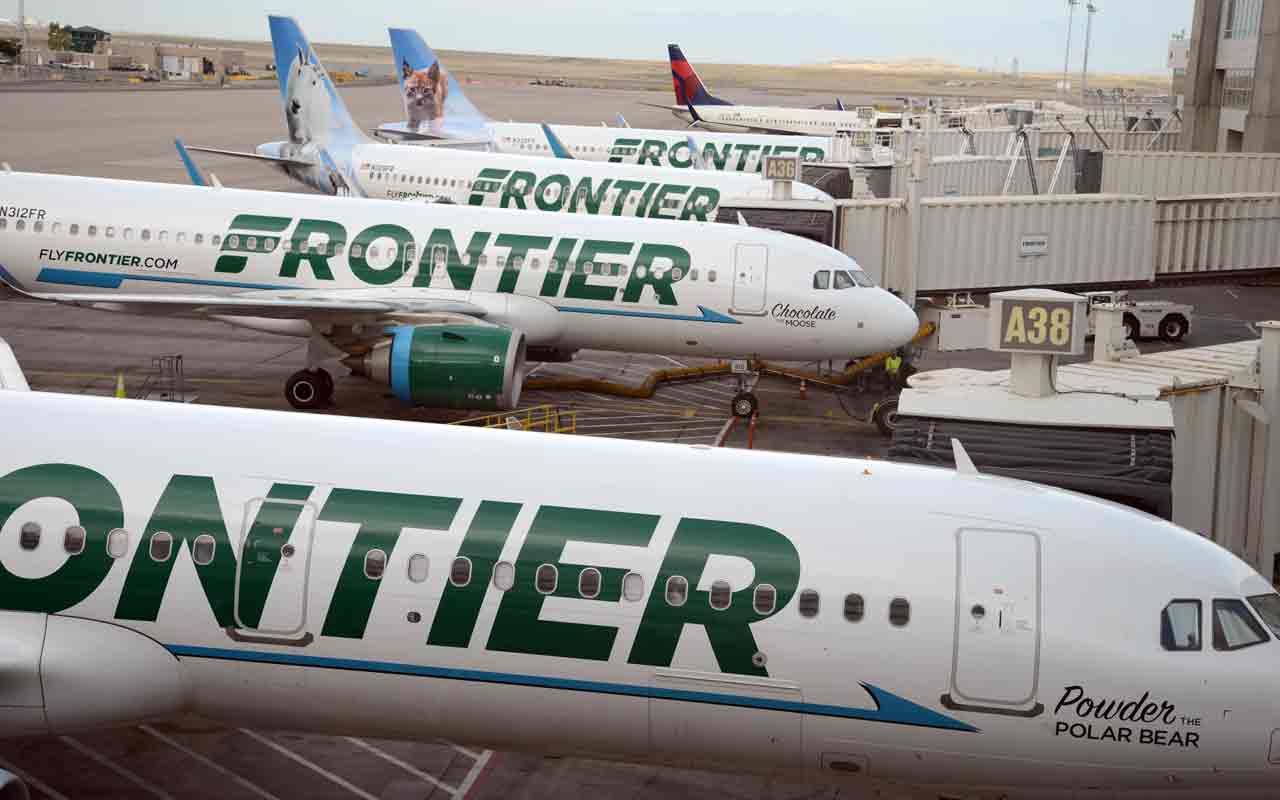
8. Colorado
- Population: 5,696,000
- Unemployment rate: 2.8%
- 2019 job growth: 2.1% (57,700)
- 2020 job growth: 1.4% (39,200)
Growth is steady in Colorado's economy, but at a moderately slower pace than last year because the supply of skilled workers is running low. With unemployment at a low 2.8% and a growing over-65 population, Colorado authorities are urging employers to consider hiring more older workers as a solution to labor scarcity. Payrolls will increase by 2.1% overall in the state this year, a notch down from last year's 2.4% pace. Some of the briskest hiring will be in the healthcare sector and among providers of professional and business services.
Among established high-tech businesses, Amazon is expanding its Denver Tech Hub and will more than double its workforce by adding 400 new jobs. Payroll processing startup Gusto is leasing an additional 60,000 square feet of office space in Denver, aims to double its current 500-person workforce in coming years and currently has engineering and other positions open. The state is tightening regulation of its oil and gas industry, which has raised concern in key producing areas like Greeley about the impact on the local economy and on state revenues but hiring is still expanding at this time.
Job growth in Denver has slowed, perhaps because of high housing prices, but is still strong elsewhere in the state. The I-25 corridor between Denver and Colorado Springs is booming, such as the town of Castle Rock.
Colorado is a major force in aerospace, with about 400 companies in the field and is home to the Air Force Academy in Colorado Springs. The state hopes to use that as a selling point to land a headquarters for the U.S. Space Command. Four of six military bases that could become the new home for the Space Command are located in Colorado.

9. Oregon
- Population: 4,191,000
- Unemployment rate: 4.0%
- 2019 job growth: 1.9% (36,500)
- 2020 job growth: 1.3% (25,400)
Growth in Oregon has slowed since the boom period of 2013-17. But job growth will still be an envious 1.9% this year, and Oregon will continue to be one of the faster-growing states in 2020. Portland's expansion is steady, but growth has slowed in the Willamette Valley to the south. Red-hot Bend and Redmond on the east slopes of the Cascades may be finally slowing to state-average growth.
In Portland, Intel is planning a major new factory to build the next generation of computer chips. The airport is getting an upgrade. Other notable construction projects include the Oregon Convention Center, a new County Courthouse, and an expansion of the Providence Park soccer stadium. The highest concentration of development can be found in the downtown area and the inner SE Portland neighborhoods. Mixed-use remains the dominant sector, with an uptick in commercial and hospitality projects. In the wake of the recent approval of the $653 million Metro Affordable Housing Bond, the future market can expect to see an increase in residential projects. Portland is attempting to wrestle with the strong rise in housing prices by restricting single-family development, in favor of multi-family.
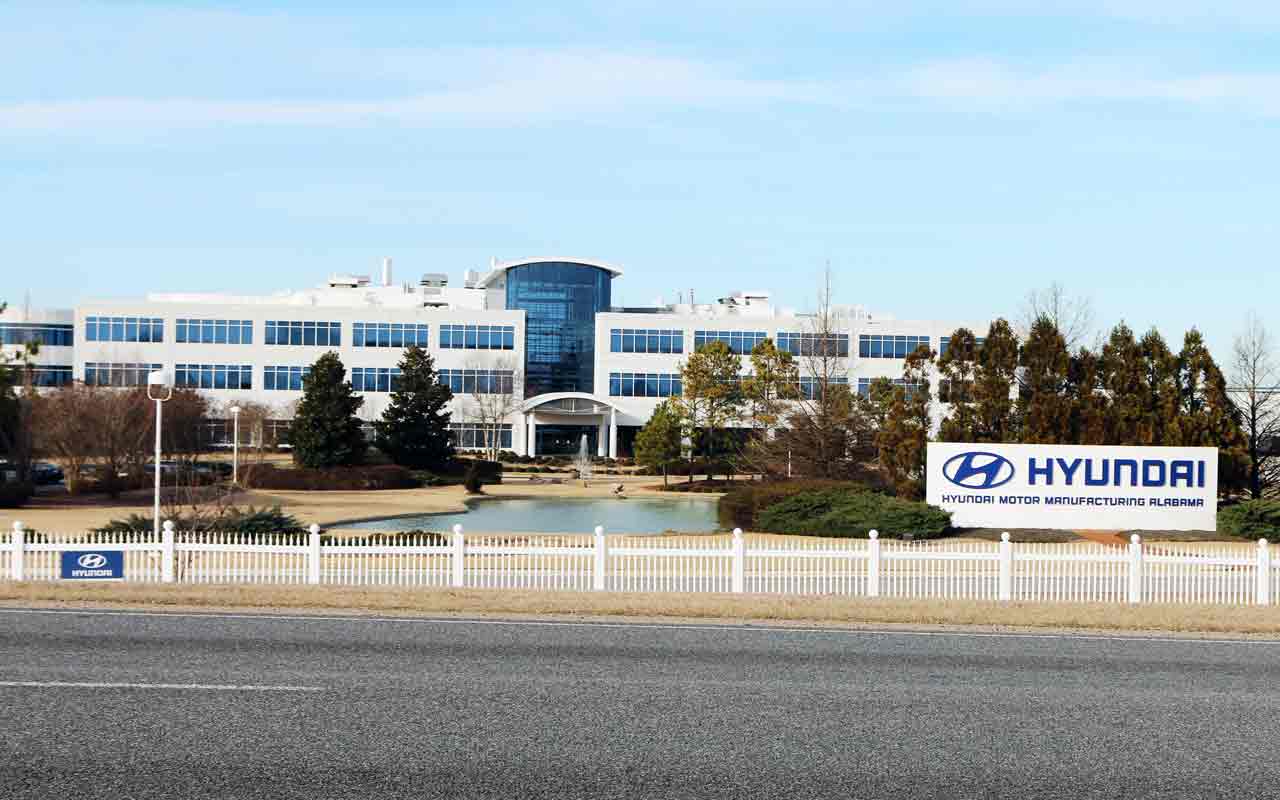
T-10. Alabama
- Population: 4,888,000
- Unemployment rate: 3.1%
- 2019 job growth: 1.8% (37,000)
- 2020 job growth: 1.2% (25,000)
- Alabama's job growth has begun to pick up this year. 2019 job growth of 1.8% would be its fastest growth since 2005. Tuscaloosa, Decatur, and the east side of Mobile Bay are showing the strongest job growth at the moment, all around 3%. Its August unemployment rate of 3.1% is a record for the state.
Construction is an especially strong growth area. Alabama has a growing automotive industry, with three vehicle manufacturing plants, an engine plant, and Toyota/Mazda building a new vehicle plant in Huntsville by 2021 that should amount to 4,000 jobs. Alabama's reliance on the auto industry could hurt it a bit if the industry slows down later this year.
Amazon will create 1,500 jobs at a fulfillment center in Birmingham next year. Blue Origin will create 300 jobs in Huntsville at a rocket engine plant, also next year. Airbus is adding 430 employees to a new assembly line in Mobile.

T-10. Georgia
- Population: 21,299,000
- Unemployment rate: 3.6%
- 2019 job growth: 1.7% (78,000)
- 2020 job growth: 1.2% (55,700)
Job growth in Georgia will be 1.7% in 2019, better than the 1.4% U.S. average. The Atlanta metro area continues to drive the state, with growth of 1.9%. It is the distribution hub of the Southeast. The Gainesville area, to the northeast, will be one of the biggest hotspots, and has been for a number of years. Fox bikes are relocating to the area, bringing 800 jobs. They are a refugee from high California housing costs. Nearby Jackson County is seeing the construction of a new battery factory by Korea's SK group that will employ 2,000.
Georgia remains committed to expanding its international trade, with a port deepening project in Savannah, along with a trade industrial park that could result in 3,000 new jobs. However, recent trade tensions have resulted in a slowdown in job growth in manufacturing.
Construction is the strongest industry in Georgia, with 6% job gains. Jobs in health care are growing by more than 3%.
Get Kiplinger Today newsletter — free
Profit and prosper with the best of Kiplinger's advice on investing, taxes, retirement, personal finance and much more. Delivered daily. Enter your email in the box and click Sign Me Up.

David is both staff economist and reporter for The Kiplinger Letter, overseeing Kiplinger forecasts for the U.S. and world economies. Previously, he was senior principal economist in the Center for Forecasting and Modeling at IHS/GlobalInsight, and an economist in the Chief Economist's Office of the U.S. Department of Commerce. David has co-written weekly reports on economic conditions since 1992, and has forecasted GDP and its components since 1995, beating the Blue Chip Indicators forecasts two-thirds of the time. David is a Certified Business Economist as recognized by the National Association for Business Economics. He has two master's degrees and is ABD in economics from the University of North Carolina at Chapel Hill.
-
 Here's How the Child Tax Credit Could Increase Under Trump
Here's How the Child Tax Credit Could Increase Under TrumpTax Credits House Republicans released details on President Trump’s ‘one big, beautiful bill,’ including an increased child tax credit.
-
 New Overtime Tax Deduction Proposed for Millions Working Extra Hours
New Overtime Tax Deduction Proposed for Millions Working Extra HoursTax Law Some lawmakers and President Trump want to offer overtime tax relief. But will a tax deduction or an exemption help you most?
-
 The Economic Impact of the US-China Trade War
The Economic Impact of the US-China Trade WarThe Letter The US-China trade war will impact US consumers and business. The decoupling process could be messy.
-
 AI Heads to Washington
AI Heads to WashingtonThe Kiplinger Letter There’s big opportunity for AI tools that analyze MRIs and other medical images. But also big challenges that clinicians and companies will have to overcome.
-
 The AI Doctor Coming to Read Your Test Results
The AI Doctor Coming to Read Your Test ResultsThe Kiplinger Letter There’s big opportunity for AI tools that analyze CAT scans, MRIs and other medical images. But there are also big challenges that human clinicians and tech companies will have to overcome.
-
 The New Space Age Takes Off
The New Space Age Takes OffThe Kiplinger Letter From fast broadband to SOS texting, space has never been more embedded in peoples’ lives. The future is even more exciting for rockets, satellites and emerging space tech.
-
 Rising AI Demand Stokes Undersea Investments
Rising AI Demand Stokes Undersea InvestmentsThe Kiplinger Letter As demand soars for AI, there’s a need to transport huge amounts of data across oceans. Tech giants have big plans for new submarine cables, including the longest ever.
-
 What DOGE is Doing Now
What DOGE is Doing NowThe Kiplinger Letter As Musk's DOGE pursues its ambitious agenda, uncertainty and legal challenges are mounting — causing frustration for Trump.
-
 A Move Away From Free Trade
A Move Away From Free TradeThe Letter President Trump says long-term gain will be worth short-term pain, but the pain could be significant this year.
-
 Trump’s Whirlwind Month of Crypto Moves
Trump’s Whirlwind Month of Crypto MovesThe Kiplinger Letter The Trump administration wants to strengthen U.S. leadership in the cryptocurrency industry by providing regulatory clarity.
